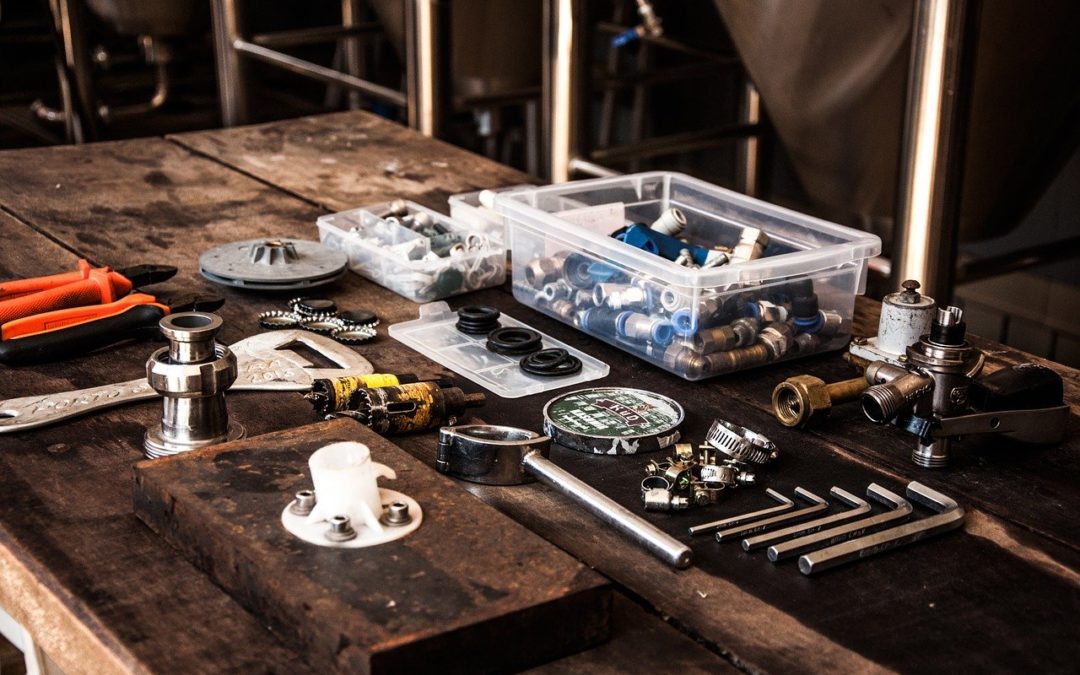Most of us have respectful relationships with the plumbing in our homes; ignorance is bliss. That is, until it suddenly stops doing its job – usually at the worst possible moment. This is one time when a little knowledge can be a good thing. Knowing just a few things about how water arrives, serves you and leaves, can save you time and funds in many ways.
Here is a two minute read with all you need to know about this important part of your home.
House plumbing consists of two systems – water in and water out
Your Home’s Water Supply System
Water enters your home from municipal supplies or from a well that is located on your property. Whatever the source, water entering your house must be at a substantial pressure to move everywhere it needs to go. Maintaining adequate pressure is important to push water through your home. In either instance, there is likely a shut-off valve near where water enters your home. Everyone in the family should know where this is in case of sudden leaks.
Lesson 1 – Learn where this shut-off is. Find where shut-offs are throughout your house before an emergency strikes.
Your Water Supply is Under Pressure
The water supply system performs best when pressure is high. Like a balloon popped, a leak anywhere in your system means that a lot of water can be pushed where it shouldn’t go very quickly. Be alert of changes in water pressure which may be caused by a leak somewhere in the system.
Lesson 2 – Pay attention to any changes in water pressure as the first sign of a leak.
Drains Remove Water and Waste
If the problem with water coming in is a leak at high pressure, the problem with drains is that wastewater leaves too slowly. Incoming water relies on pumps for pressure; wastewater depends on gravity to remove it. Without the pressure of pumps, drains are susceptible to clogs.
Lesson 3 – Be alert to slow moving wastewater, gurgles and slow emptying drains as a warning of things to come.
Drain Traps
Drain traps prevent backflow in your plumbing and serve to ensure that what goes down does not come up. Drains are shaped to hold water to block odors and to allow grease and gunk to settle out and not clog the system. The final part of your drain is the vent system, which runs from the roof into the drain pipe releasing air to ensure smooth flow. Clogging is the biggest problem with drain. Hair in the bathroom and grease in the kitchen are common culprits.
Lesson 4 – Clean out your drains at least once a season and anytime a drain seems to be running slowly.
Drain Leaks Can Sneak Up On You
Since drains are powered only by gravity, leaks may not be immediately apparent. However, leaking water can rot a ceiling, grow mold, and serve up some bad odors. While a leak in the water source is usually quickly apparent, drain leaks can cause a great deal of damage if not caught.
Lesson 5 – Be alert to a musty smell, water spots in ceilings, and slow moving drains.
Many emergency calls can be prevented by just being an alert homeowner.


